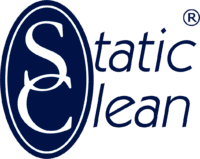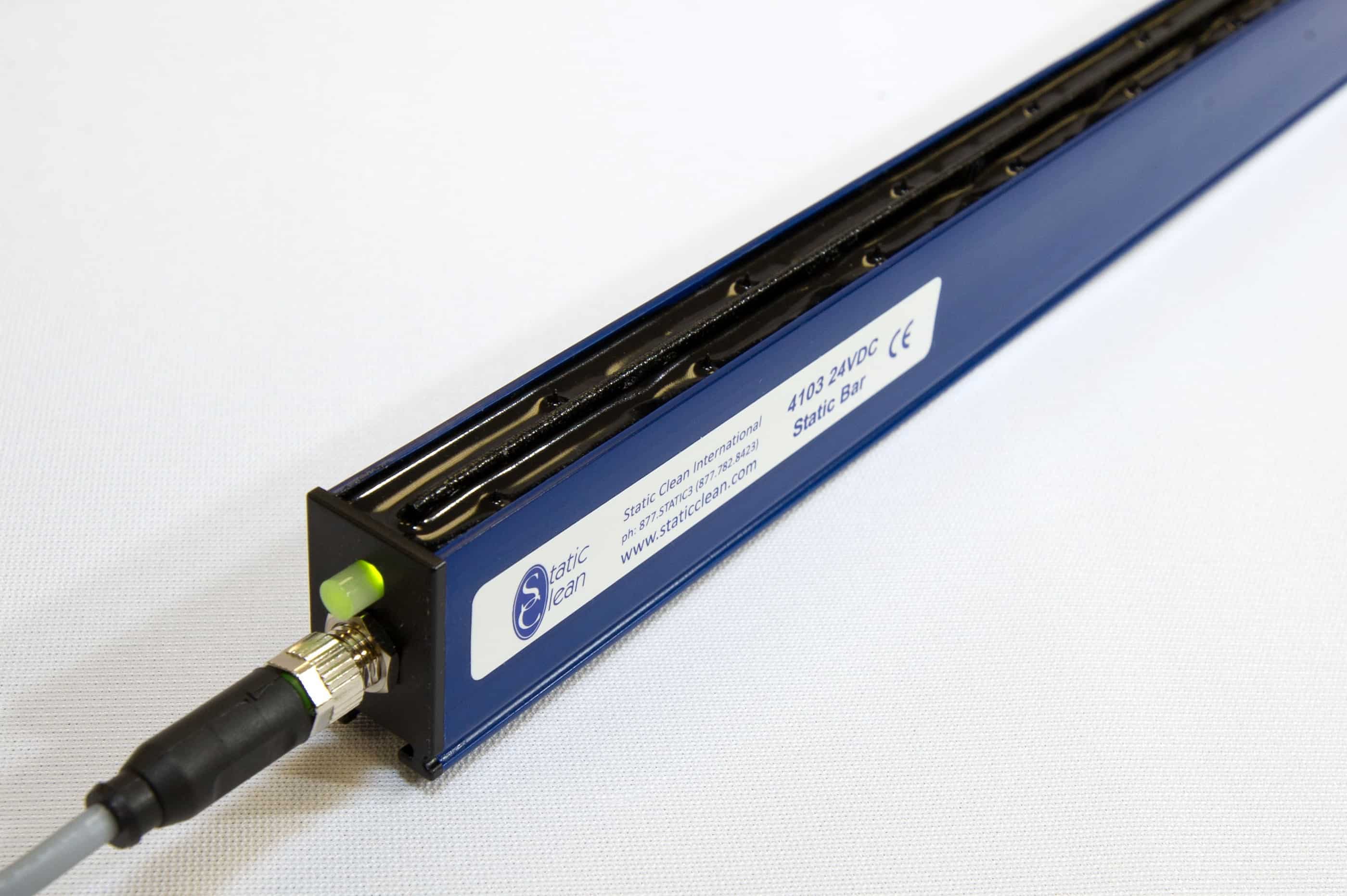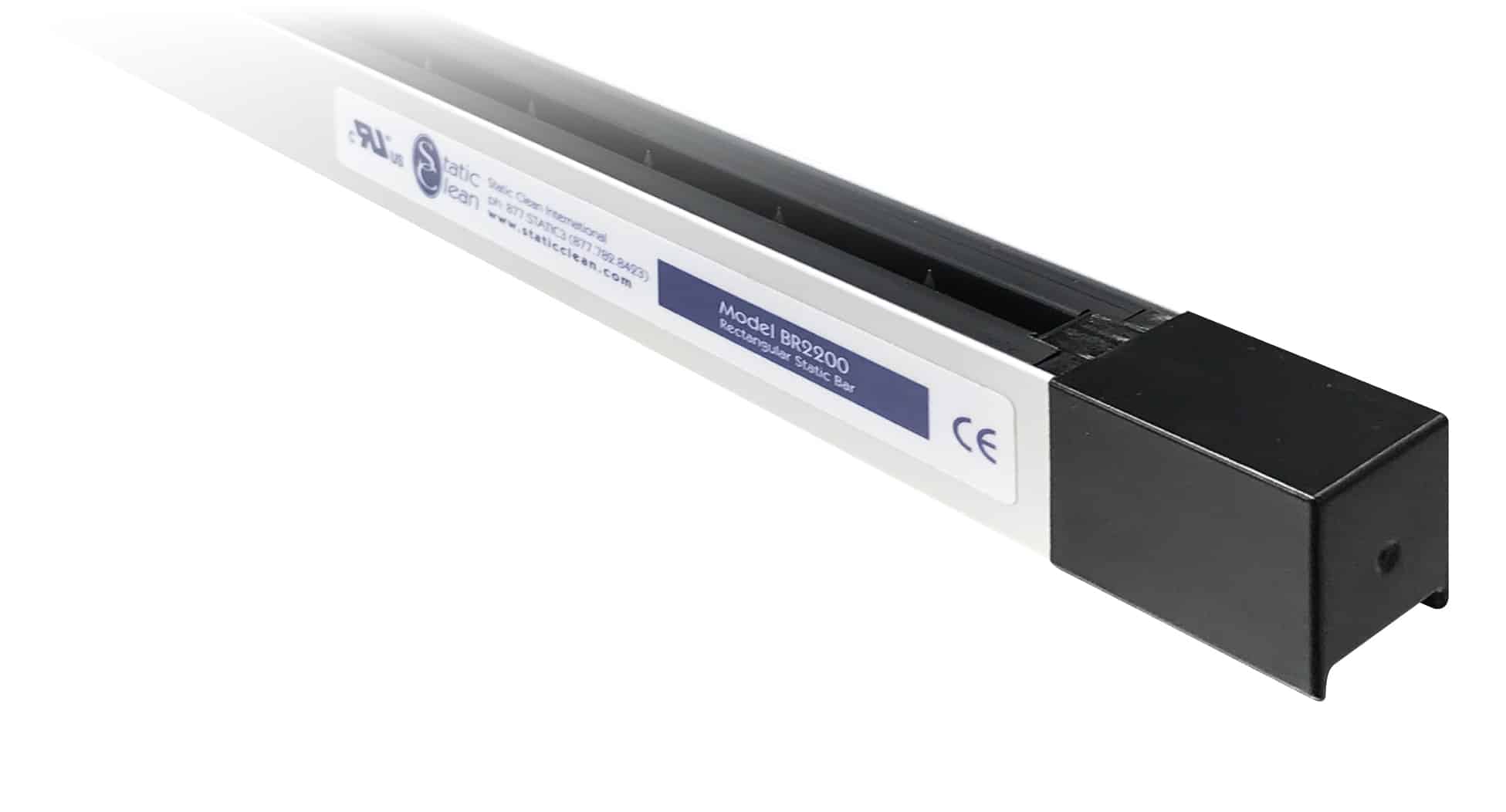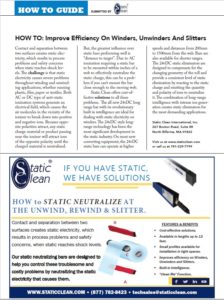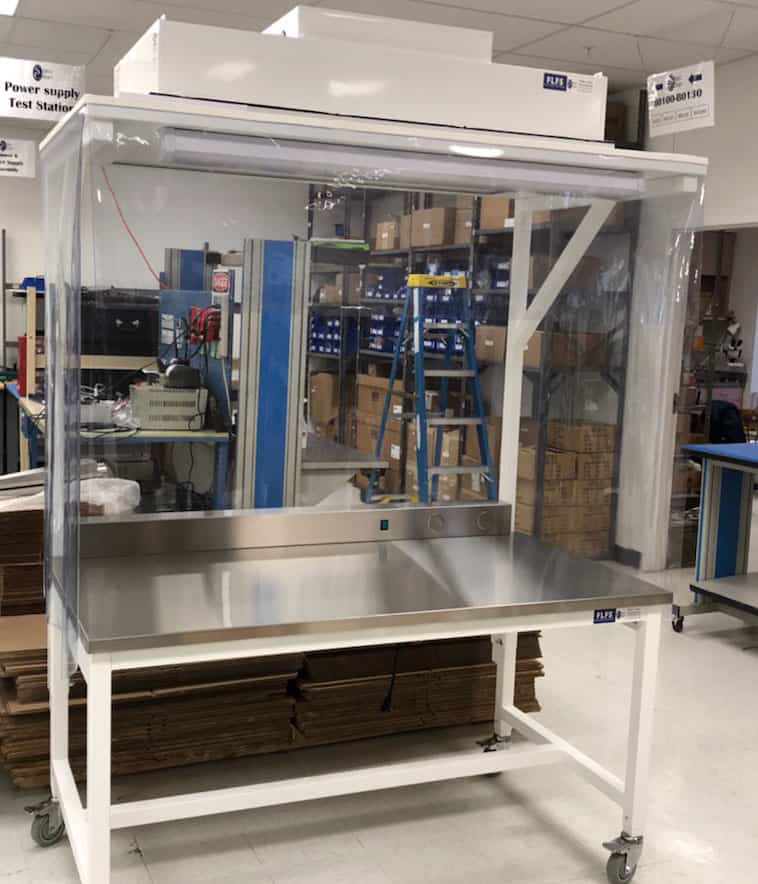International Nonwoven Disposables Association Goals & Plans
International Nonwoven Disposables Association Goals and Plans – 2021
Written by Dave Rousse, INDA President
Published in the January, 2021 PFFC (Paper, Film & Foil Converter) Magazine
Learn more about the role of INDA and what its goals and plans are for the future with this Q&A from Dave Rousse, INDA president:
Rousse: INDA is the trade association of the nonwoven fabrics industry formed in 1968 to advance the growth and interests of the young industry at the time after the International Nonwoven Disposables Association. In the early 1970s we supported the establishment of EDANA in Europe and welcomed durable nonwovens into the fold, but the name “INDA” had taken hold so we continue to use it without attaching meaning to the letters. Our role now is to help our industry and our member companies be successful. INDA helps its 370 members succeed by providing the information they need to better plan and execute their business strategies.
We provide technical training at various levels, publish market statistics and data to enhance decision-making, manage critical issues impacting market sectors, organize events that add program value and connect similar interests, and involvement and provide relevant government regulatory and legislative advocacy.
What specific services does the association provide to its members and how does the offering expand?
Rousse: INDA’s market research and trend reports are trusted around the world for their accuracy and reliability. One of the most valuable reports INDA provides is the member-only report on the North American Supply/Demand balance. This is a full survey of industry producers, market suppliers, and producers for internal consumption. Additionally, we publish Outlook reports providing decisive five-year forecasts by industry sector. Along with a North American forecast edition and, with EDANA, INDA publishes a separate Worldwide Outlook for the Nonwovens Industry, both segmented by sectors and geography. We also produce the Global Nonwoven Wipes Industry Outlook and, with EDANA, the Global harmonized test methods and flushability guidelines to address the nonwoven R&D community and other stakeholders.
Beyond those publicly available Outlook reports and the member-only Supply report, we offer members the quarterly INDA Market Pulse, a report that provides members with an exclusive overview of the current state and direction of the North American Nonwovens industry, including economic viewpoints. The publication provides a consensus outlook of economic, energy, and end-use market forecasts. The INDA Price Trends Summary is another INDA member benefit that provides a monthly summary of price analyses for Roll Goods, Staple Fibers, and Polymers.
What new services did INDA plan for 2020?
Rousse: INDA is always open to new partnerships to advance the industry. We recently acquired two publications to extend our reach and voice in two important areas. We have International Filtration News to expand our reach into this important sector, and International Fiber Journal to elevate the role material science will play in developing more sustainable approaches to the single use disposables so prevalent in our industry. With our new INDA Media, we intend to provide some thought leadership, expose new developments, relate them to the challenges going forward, and to expand INDA’s presence and service in important areas.
How do your activities reflect the dynamics of the nonwovens industry?
Rousse: As an association, we have the standing to provide industry recognition to innovations and individual service so important to our industry’s growth. We do this through our Innovation Awards programs attached to our conferences, and our IDEA® event. Our events foster Thought- Leadership in the sectors that we address. Our conferences are peppered with industry experts looking forward to future growth, articulating unmet needs, interpreting market signals, and presenting innovative thoughts, developmental concepts, and trends. This progressive methodology has been very important in the success of our conferences. The content is serious and the networking continues the discussions. And we try to inject a little fun as well.
What are the sustainability programmes is INDA working on in the moment?
Rousse: Our industry recognizes the need to move from a “Linear Economy” toward a more “Circular Economy” through recycling, reclaiming and reuse. We believe advancements in material science will be a great help in this area, and are seeing interesting new developments in bio-based polymers and polymer combinations to advance in this area. Our drivers are an increasing concern about single use plastics and their persistence in the environment. INDA’s conferences will continue to provide cutting edge content on this growing topic.
What are new important developments in terms of R&D and innovations in the nonwoven sector?
Rousse: The market we are in is very dynamic, so we need to be continuously alert to new demands, new unmet needs, and new ways to meet those needs. Nonwovens are engineered materials that provide solutions to material science challenges. There will always be new challenges to be met, and nonwovens are successful because they are a very versatile, nimble platform that is receptive to new materials, new processes, and new technologies. Our job is to make it easy for resources to connect to facilitate the new developments and to execute well the management of the services and activities that deliver these connections. Last year, we celebrated our 50th Anniversary as the trade association leading the world of nonwovens. We need to stay sharp for the next 50 years.
Would you like to mention any of your specific training program that would demonstrate the benefit INDA brings to its members?
Rousse: INDA and North Carolina State University’s Nonwovens Institute offers members and professionals a jointly organized series of nonwoven short courses with The Professional Development Series of Nonwovens Courses. Starting with the nonwovens basics, the educational content and rigor level increases to intermediate and caps off with advanced series of product development, advances in filtration and fabric property development, spunbond and meltblowing technology. INDA also offers specific product courses in Absorbent Hygiene, Filter Media Training and a WIPES Academy 2-day course. This joint venture harmonizes and unifies each organization’s separate nonwoven training courses into a single series. The series gives industry professionals targeted and flexible short course opportunities to gain knowledge in the field of nonwovens and advance their career development goals. INDA also provides on-site training for Member companies. We are able to customize a curriculum with our Members Human Resources, Engineering and Plant Management that train their employees, and suppliers about specific nonwoven applications, product components, and sectors needed for new employees or seasoned professionals across multiple departments..
What would INDA like to achieve in the near future as an organisation to promote sustainability?
Rousse: The general issue of “Plastics in the Environment” is growing in public awareness with increasing calls by non-governmental organizations (NGO’s) on producers and users to do something about it. At the same time, there are a growing number of legislative initiatives at the state and municipal level to ban or regulate certain single use plastic items and additional activity at the Federal level, in Europe, and in other parts of the world.
As policy makers strive to responsibly advance circular economy principles that improve the disposability of single use plastic products, it is important to distinguish between the indulgence of convenience (such as sipping straws and grocery bags) and the necessity of convenience, such as in providing efficacy in personal, household and institutional hygiene. Baby care and elderly care rely on the convenience of disposable wipes. Home hygiene as well. Consequently, as policies are being developed on plastic materials, we encourage the determination of the appropriate balance between the benefits provided by such materials, what alternatives exist that can still deliver on consumer expectations, and the environmental costs of their use and disposal. Nonwovens manufacturers and brand owners will be partners in this endeavour.
